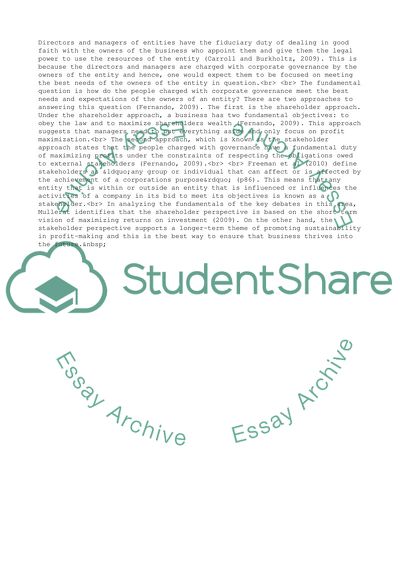Cite this document
(“Business Eithics (British Airways) Essay Example | Topics and Well Written Essays - 2000 words”, n.d.)
Business Eithics (British Airways) Essay Example | Topics and Well Written Essays - 2000 words. Retrieved from https://studentshare.org/business/1609565-business-eithics-british-airways
Business Eithics (British Airways) Essay Example | Topics and Well Written Essays - 2000 words. Retrieved from https://studentshare.org/business/1609565-business-eithics-british-airways
(Business Eithics (British Airways) Essay Example | Topics and Well Written Essays - 2000 Words)
Business Eithics (British Airways) Essay Example | Topics and Well Written Essays - 2000 Words. https://studentshare.org/business/1609565-business-eithics-british-airways.
Business Eithics (British Airways) Essay Example | Topics and Well Written Essays - 2000 Words. https://studentshare.org/business/1609565-business-eithics-british-airways.
“Business Eithics (British Airways) Essay Example | Topics and Well Written Essays - 2000 Words”, n.d. https://studentshare.org/business/1609565-business-eithics-british-airways.


